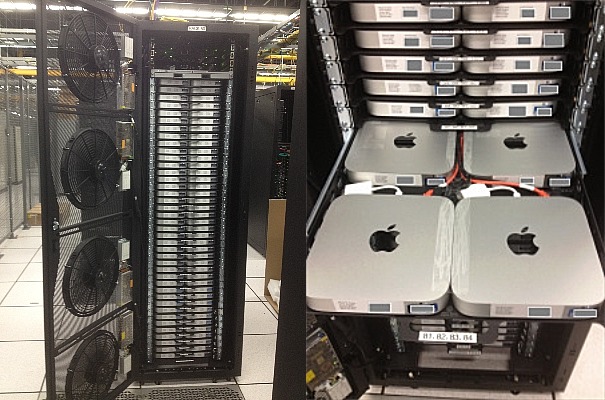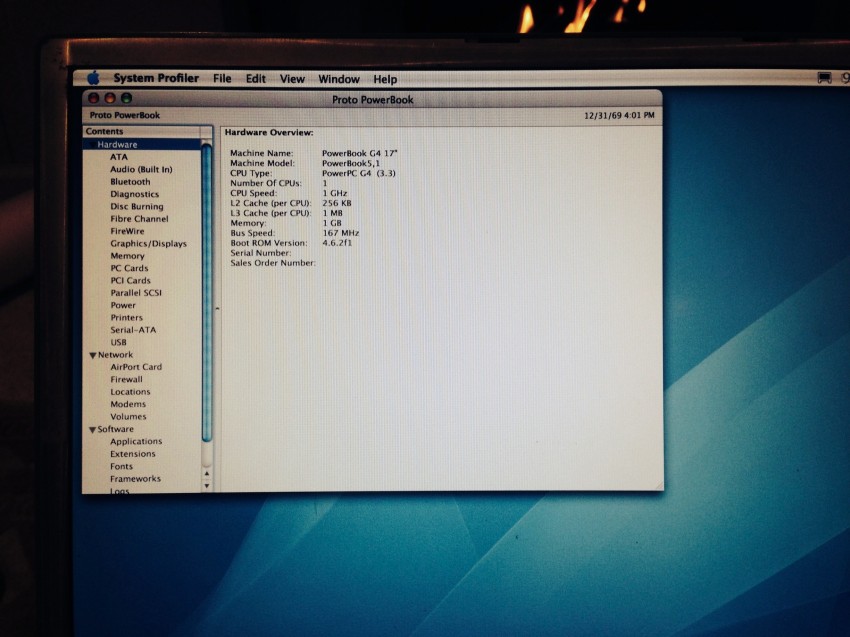The Mac mini (stylized with a lowercase 'mini') is a desktop computer made by Apple Inc. It is one of four desktop computers in the current Macintosh lineup, serving as an alternative to the all-in-one iMac, and sitting below the performance range iMac Pro and Mac Pro. The Mac mini is Apple's only consumer desktop computer since 1998 to ship without a display, keyboard, or mouse. Make Offer - Apple Mac Mini Server Mc438J/A Mid 2010 /Core2Duo 2.66Ghz/Hdd500Gbx2/Mac Os Common Questions About the Mac Mini Server If youve ever wanted to make the switch from a traditional PC to Mac, the Mac mini server may be just the desktop youre looking for.
NOW you can install and run Server.app to set up OS X Server on your Mac mini. Set up your server as if it will be accessible from the Internet, using a fully qualified Domain Name, NOT.local or.private. IF you are not using another DNS server on your network. Set up DNS - After the Server.

Really disheartening that there are no replies on this. This is an excellent question. They're asking you to download and install the latest server version software to update the OS, but you can't update the OS without the newest server version. It makes mention to download and install OSX 10.10 or 10.11 first, but how can I do that when Apple has cut off the ability to download and install legacy OS?

Speaking to enterprise support as I write this and their response is we'll need to go from 10.7 to 10.9 then from 10.9 to 10.10 then from 10.10 to 10.12.
The first question they ask is, have you EVER installed 10.9 or have any account with 10.9 in its purchase history since it is no longer available in the Apple store? Since I do not, they're going through their systems to see if they can dig this out anywhere (if they don't, what I'm getting here is that if you use Apple for your server then 'lol' on your part). The easiest way to migrate a server is to upgrade, backup, and restore from backup on the target machine. Can't do that if you can't update. The alternative here is to rebuild your new mac mini from scratch. What could go wrong there?
So, what they basically just told me is that you need to scour for a 10.9 installation from 3rd party sites and pray you find one because Apple doesn't have any way to retrieve a downloader. I was about to demand for a developer, but found an account myself that actually had 10.9. Currently working on the incremental updates, but if you're not so lucky, you just might be SOL. The account I'm using to pull the downloader is very inappropriate to be using in this situation since it's from one client going onto another client machine. They have assured me the client account will NOT be tied into this mac as OS updates/installs don't tie in accounts, only software (if you need to do it this way, make sure you sign out of the app store before installing the update of the server).
This is a nightmare. Thank you Apple.
Nov 4, 2016 11:25 AM
Reinstall from macOS Recovery
macOS Recovery makes it easy to reinstall the Mac operating system, even if you need to erase your startup disk first. All you need is a connection to the Internet. If a wireless network is available, you can choose it from the Wi-Fi menu , which is also available in macOS Recovery.
1. Start up from macOS Recovery
To start up from macOS Recovery, turn on your Mac and immediately press and hold one of the following sets of keys on your keyboard. Release the keys when you see an Apple logo, spinning globe, or other startup screen.
Command (⌘)-R
Reinstall the latest macOS that was installed on your Mac (recommended).
Option-⌘-R
Upgrade to the latest macOS that is compatible with your Mac.
Shift-Option-⌘-R

Reinstall the macOS that came with your Mac, or the closest version still available.
You might be prompted to enter a password, such as a firmware password or the password of a user who is an administrator of this Mac. Enter the requested password to continue.
When you see the utilities window, you have started up from macOS Recovery.
2. Decide whether to erase (format) your disk
You probably don't need to erase, unless you're selling, trading in, or giving away your Mac, or you have an issue that requires you to erase. If you need to erase before installing macOS, select Disk Utility from the Utilities window, then click Continue. Learn more about when and how to erase.
3. Install macOS
When you're ready to reinstall macOS, choose Reinstall macOS from the Utilities window. Then click Continue and follow the onscreen instructions. You will be asked to choose a disk on which to install.
- If the installer asks to unlock your disk, enter the password you use to log in to your Mac.
- If the installer doesn't see your disk, or it says that it can't install on your computer or volume, you might need to erase your disk first.
- If the installer is for a different version of macOS than you expected, learn about macOS Recovery exceptions.
- If the installer offers you the choice between installing on Macintosh HD or Macintosh HD - Data, choose Macintosh HD.
Please allow installation to complete without putting your Mac to sleep or closing its lid. During installation, your Mac might restart and show a progress bar several times, and the screen might be empty for minutes at a time.
If your Mac restarts to a setup assistant, but you're selling, trading in, or giving away your Mac, press Command-Q to quit the assistant without completing setup. Then click Shut Down. When the new owner starts up the Mac, they can use their own information to complete setup.
Mac Mini Server For Mac Os X 10.11
macOS Recovery exceptions
The version of macOS offered by macOS Recovery might vary in some cases:
- If macOS Sierra 10.12.4 or later has never been installed on this Mac, Option-Command-R installs the macOS that came with your Mac, or the closest version still available. And Shift-Option-Command-R isn't available.
- If you erased your entire disk instead of just the startup volume on that disk, macOS Recovery might offer only the macOS that came with your Mac, or the closest version still available. You can upgrade to a later version afterward.
- If your Mac has the Apple T2 Security Chip and you never installed a macOS update, Option-Command-R installs the latest macOS that was installed on your Mac.
- If you just had your Mac logic board replaced during a repair, macOS Recovery might offer only the latest macOS that is compatible with your Mac.
If you can't get macOS Recovery to offer the installer you want, you might be able to use one of the other ways to install macOS.

Other ways to install macOS
Mac Mini Server For Mac Os X 10.10
- You can also install macOS from the App Store or Software Update preferences. If you can't install macOS Catalina, you might be able to install an earlier macOS, such as macOS Mojave, High Sierra, Sierra, El Capitan, or Yosemite.
- Or create a bootable installer disk, then use that disk to install macOS on your Mac or another Mac.